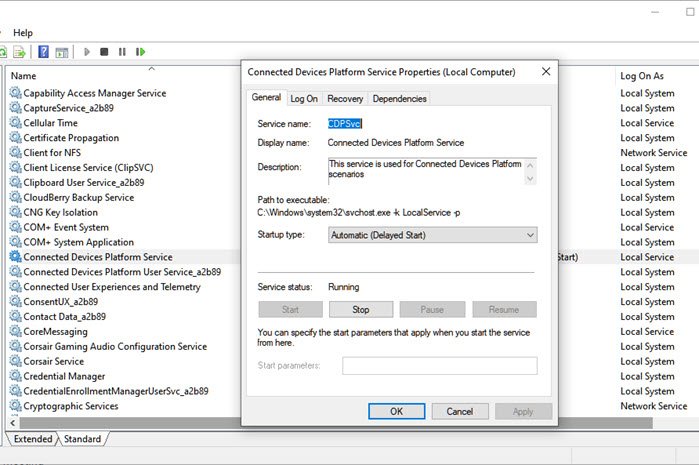
The sessions list is saved in the Sessions Directory Service. In addition, there is the Terminal Services Licensing Service which provides the server with the TS CAL licenses for devices to connect to it. This client program allows the device to connect to the server via the RDP protocol. The terminal server architecture consists of three important components: the multi-user core server where resources are centrally hosted, a remote desktop protocol that enables data transmission between the server and the client, and a terminal server client program that needs to be installed on each remote client device. It is also important to understand terminal server architecture. Moreover, the lifespan of desktop hardware extends is extended, and network security is significantly improved. In addition, with concurrent licenses instead of per-device ones, businesses can reduce licensing costs, and thin clients allow businesses to optimize costs and power savings for a better ROI.
Cdpsvc windows terminal server install#
Third, applications are installed once and regularly updated on the server, so there is no need to install or update a program on each machine in the network. Second, they facilitate a single point of maintenance and allow you to monitor the infrastructure from a central dashboard. First, terminal servers provide end users with access to company resources from anywhere and from any device. A terminal server provides multiple benefits. Terminal servers enable businesses to centrally host applications and resources and publish them to remote client devices, regardless of the location and platform of the end user device.

Before implementing this technology, it is important to know what a terminal server is and why you should use one. With the release of Windows Server 2008 R2, terminal services were renamed remote desktop services (RDS). Terminal services have been an integral part of Windows Server OS editions beginning with Windows NT 4.0. Microsoft introduced this concept by releasing terminal services as a part of the Windows Server operating system. A terminal server is a server or network device that enables connections to multiple client systems to connect to a LAN network without using a modem or a network interface.


 0 kommentar(er)
0 kommentar(er)
